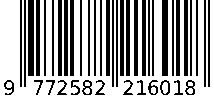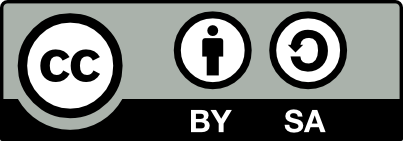
International Journal For Multidisciplinary Research
E-ISSN: 2582-2160
•
Impact Factor: 9.24
A Widely Indexed Open Access Peer Reviewed Multidisciplinary Bi-monthly Scholarly International Journal
Home
Research Paper
Submit Research Paper
Publication Guidelines
Publication Charges
Upload Documents
Track Status / Pay Fees / Download Publication Certi.
Editors & Reviewers
View All
Join as a Reviewer
Get Membership Certificate
Current Issue
Publication Archive
Conference
Publishing Conf. with IJFMR
Upcoming Conference(s) ↓
WSMCDD-2025
GSMCDD-2025
AIMAR-2025
Conferences Published ↓
ICCE (2025)
RBS:RH-COVID-19 (2023)
ICMRS'23
PIPRDA-2023
Contact Us
Plagiarism is checked by the leading plagiarism checker
Call for Paper
Volume 7 Issue 4
July-August 2025
Indexing Partners



















Growth and Characterization of Cadmium Telluride and Its Societal, Economic, and Environmental Impact
| Author(s) | Parth Chandak |
|---|---|
| Country | United States |
| Abstract | This paper examines the growth, characterization, and impact of Cadmium Telluride (CdTe) in solar technology applications. The research investigates CdTe's potential as a semiconductor material for solar cells, comparing it with conventional silicon-based cells and other competing technologies. The study analyzes various aspects including efficiency improvements, environmental safety considerations, material abundance, temperature response characteristics, and economic viability. The research also explores CdTe's applications beyond solar technology, particularly in medical imaging and radiation detection. The findings indicate that while CdTe faces challenges in terms of material abundance and manufacturing scale, its cost-effectiveness, improved efficiency, and versatile applications make it a promising material for future solar technology development |
| Keywords | Cadmium Telluride (CdTe), Cadmium Zinc Telluride (CdZnTe), Cost effectiveness, Crystal growth, Environmental impact, Gallium Arsenide (GaAs), Indium Gallium Phosphide (InGaP), Manufacturing scalability, Medical applications, Open Circuit Voltage (VOC), Photovoltaics (PV), Radiation detection, Renewable energy, Semiconductors, Short Circuit Current Density (JSC), Solar cells, Solar efficiency, Temperature response, Thin-film solar cells |
| Field | Aplikasi komputer |
| Published In | Volume 1, Issue 2, September-October 2019 |
| Published On | 2019-09-11 |
| DOI | https://doi.org/10.36948/ijfmr.2019.v01i02.22647 |
| Short DOI | https://doi.org/g82jbt |
Share this

E-ISSN 2582-2160
CrossRef DOI is assigned to each research paper published in our journal.
IJFMR DOI prefix is
10.36948/ijfmr
Downloads
All research papers published on this website are licensed under Creative Commons Attribution-ShareAlike 4.0 International License, and all rights belong to their respective authors/researchers.

